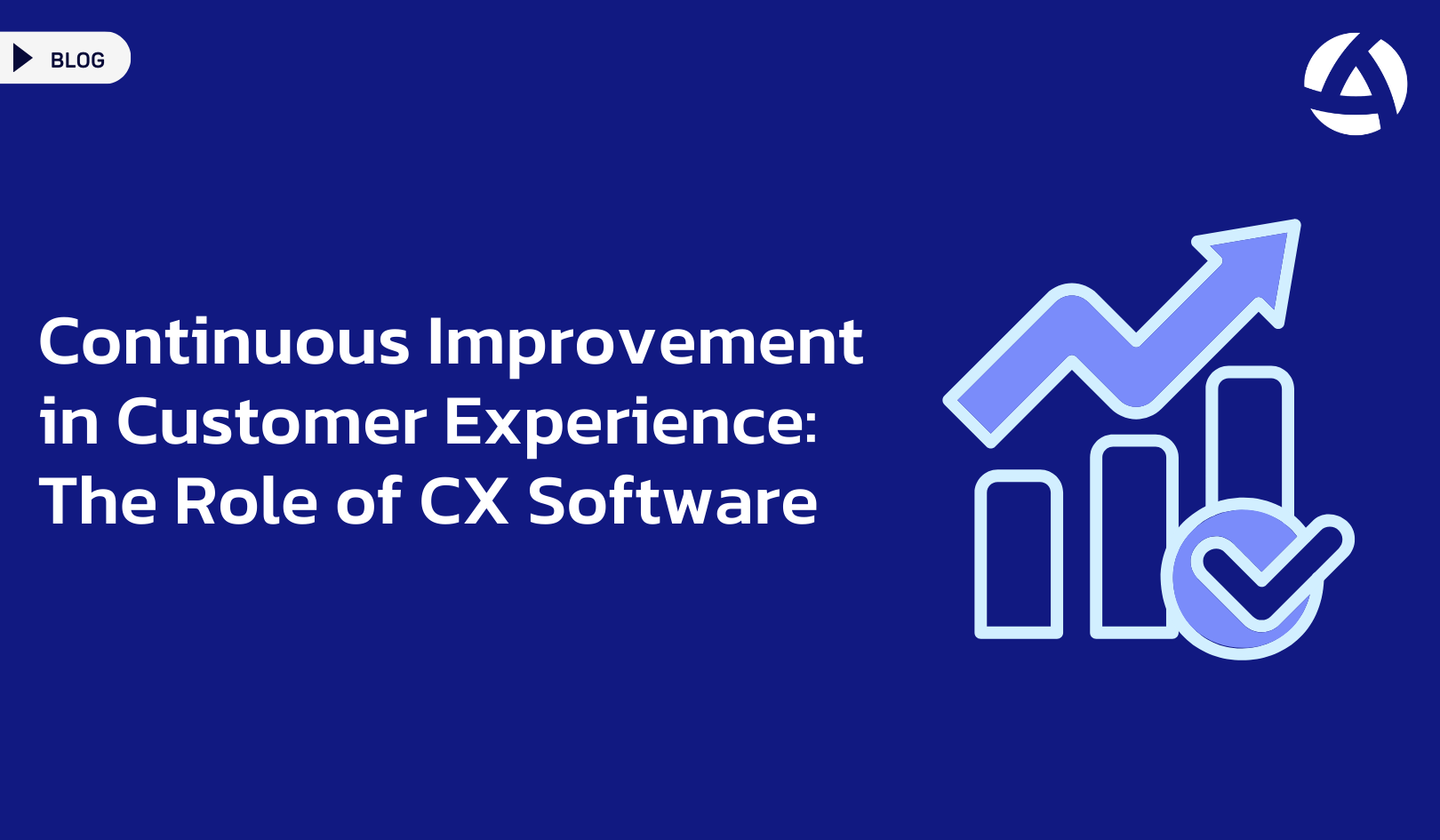Root Cause Analysis (RCA) is a powerful method used to identify the underlying reasons for problems and issues within an organization. When applied to customer experience analytics, RCA can help businesses pinpoint the fundamental causes of customer dissatisfaction and develop strategies to enhance overall customer satisfaction. By integrating RCA with customer experience analytics, companies can transform data into actionable insights, leading to more effective solutions and improved customer experiences.
Understanding Root Cause Analysis (RCA)
Root Cause Analysis is a systematic process used to identify the root causes of problems or events. Instead of merely addressing the symptoms, RCA aims to uncover the underlying issues that lead to customer dissatisfaction. This approach allows businesses to develop targeted solutions that prevent recurring problems, ultimately improving customer experience and satisfaction.
Key Steps in Root Cause Analysis
- Identify the Problem: The first step in RCA is to clearly define the problem. In the context of customer experience analytics, this could involve identifying patterns of negative feedback, declining customer satisfaction scores, or specific issues reported by customers.
- Collect Data: Gather relevant data related to the problem. This may include customer feedback, survey results, support tickets, and any other information that can provide insights into the issue.
- Analyze Data: Use customer experience analytics tools to analyze the collected data. Look for patterns, trends, and correlations that can help identify potential root causes. Advanced analytics techniques, such as sentiment analysis and text mining, can be particularly useful in this step.
- Identify Root Causes: Through analysis, identify the underlying causes of the problem. This may involve looking at various factors, such as product quality, service delivery, communication issues, or external influences.
- Develop Solutions: Once the root causes are identified, develop targeted solutions to address them. This may involve process improvements, staff training, changes to products or services, or other corrective actions.
- Implement and Monitor: Implement the solutions and monitor their effectiveness. Use customer experience analytics to track the impact of the changes and ensure that the problem has been resolved.
Benefits of Root Cause Analysis in Customer Experience Analytics
Improved Customer Satisfaction: By addressing the root causes of customer dissatisfaction, businesses can significantly improve overall customer satisfaction. This leads to higher retention rates, positive word-of-mouth, and increased loyalty.
Enhanced Efficiency: RCA helps organizations streamline their processes and eliminate inefficiencies. This not only improves the customer experience but also reduces operational costs and enhances productivity.
Data-Driven Decisions: Integrating RCA with customer experience analytics enables businesses to make data-driven decisions. This ensures that solutions are based on solid evidence rather than assumptions, leading to more effective outcomes.
Proactive Problem-Solving: RCA allows businesses to proactively address issues before they escalate. By identifying and resolving root causes early, companies can prevent small problems from becoming major issues that negatively impact the customer experience.
Real-World Applications of RCA in Customer Experience Analytics
Root Cause Analysis (RCA) has broad applications in customer experience analytics, enabling businesses to systematically address and resolve issues that impact customer satisfaction. Here are some practical ways RCA can be applied:
Enhancing Customer Support: By utilizing RCA, companies can examine patterns in customer feedback and support tickets to identify recurring issues. For instance, if customers frequently complain about slow response times or unresolved issues, RCA can pinpoint these as root causes. Businesses can then implement targeted solutions such as additional training for support staff, improved knowledge bases, or increased staffing during peak times to enhance the overall support experience.
Improving Product Quality: RCA can be instrumental in identifying the root causes of product-related issues. By analyzing customer reviews and return data, companies can uncover specific defects or design flaws that lead to dissatisfaction. Addressing these root causes through enhanced quality control processes and product redesigns can significantly reduce returns and increase customer satisfaction.
Streamlining Processes: RCA helps organizations identify inefficiencies in their processes that negatively affect the customer experience. For example, if customers face delays in service delivery, RCA can uncover bottlenecks or procedural gaps causing these delays. Businesses can then optimize their processes, reduce wait times, and enhance the overall customer journey.
Reducing Churn: By analyzing data on why customers leave, RCA can help businesses understand the root causes of churn. Whether it’s due to poor service, product issues, or unmet expectations, identifying these root causes allows companies to develop strategies to address them, thereby improving retention rates.
Enhancing Employee Training: RCA can reveal gaps in employee knowledge or performance that impact customer satisfaction. By identifying these gaps, companies can tailor their training programs to address specific areas of improvement, leading to better customer interactions and increased satisfaction.
Optimizing Communication: Effective communication is critical for a positive customer experience. RCA can help identify issues in how businesses communicate with their customers, whether it’s unclear messaging, delayed responses, or ineffective channels. By addressing these root causes, companies can improve their communication strategies, ensuring customers feel heard and valued.
Conclusion
Root Cause Analysis is a vital tool in the realm of customer experience analytics. By systematically identifying and addressing the root causes of customer dissatisfaction, businesses can develop targeted solutions that lead to improved customer experiences, higher satisfaction, and increased loyalty. Integrating RCA with customer experience analytics ensures that companies make data-driven decisions and proactively solve problems, setting the stage for long-term success and growth.




